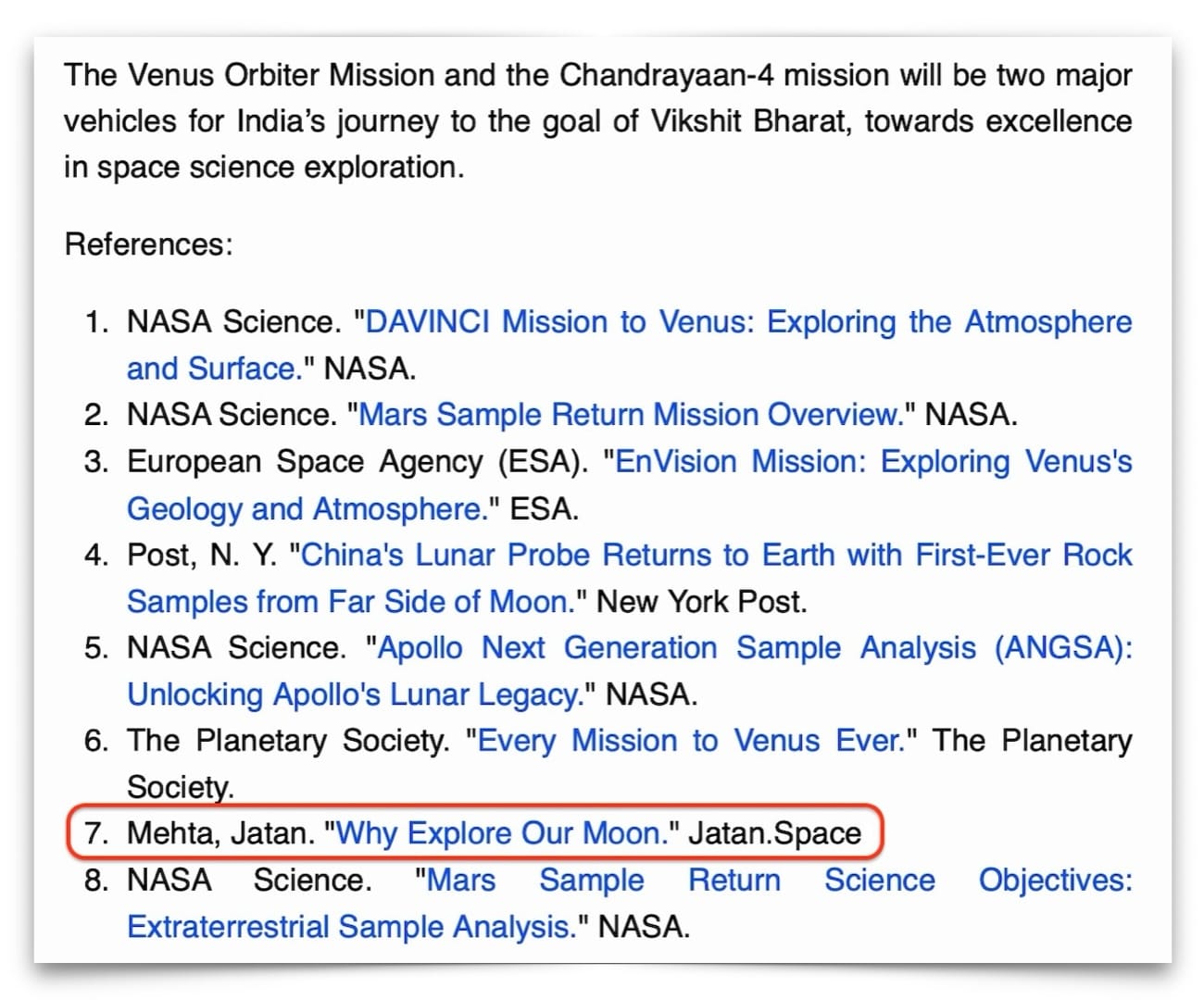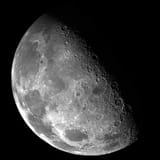Indian Space Progress #24: High on docking, low on navigation. Cool new projects, same old budget
This edition marks two years of publishing the monthly Indian Space Progress blog+newsletter. I started it with the goal of trying to compile, capture, and globally contextualize true trajectories of India’s evolving (civil) space capabilities. More than 7500 of you subscribers spread across the globe have found it interesting enough to have it on your radar. Thank you so much for reading and supporting! A special thanks also goes to the Takshashila Institution for being the enabling sponsor of Indian Space Progress. 🚀
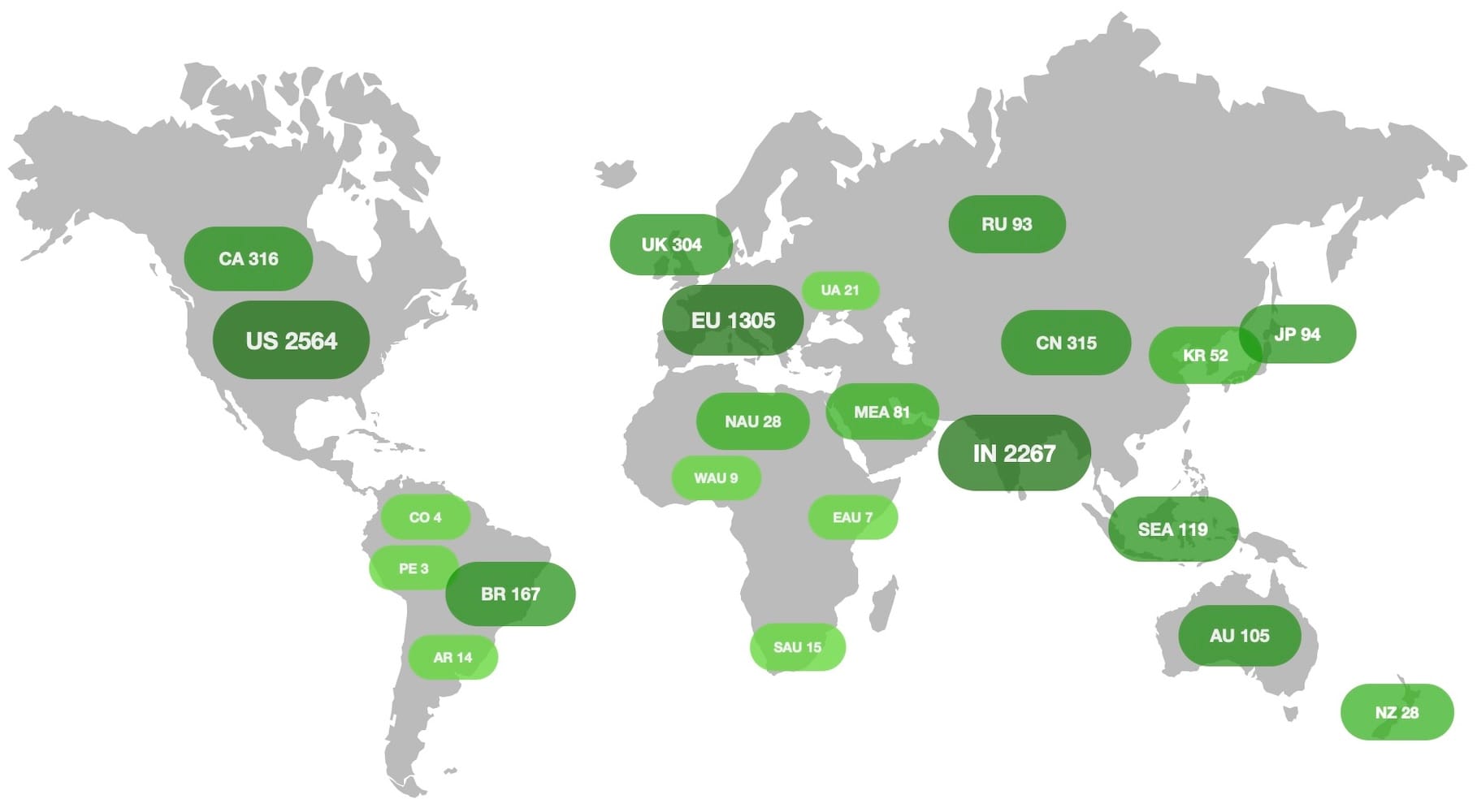
India’s space program made great strides in 2023 and 2024 but there have also been several shortcomings and misses. This edition of Indian Space Progress discusses and contextually links to not just the highs but also the lows for India’s recent space missions and ambitions. The motivation is simple: there’s more work to do, and it all starts with accepting and discussing realities and constraints. It’s what made Chandrayaan 3 so successful after Chandrayaan 2’s failure. 🛰️
SPADEX paves the way for Chandrayaan 4 lunar sample return
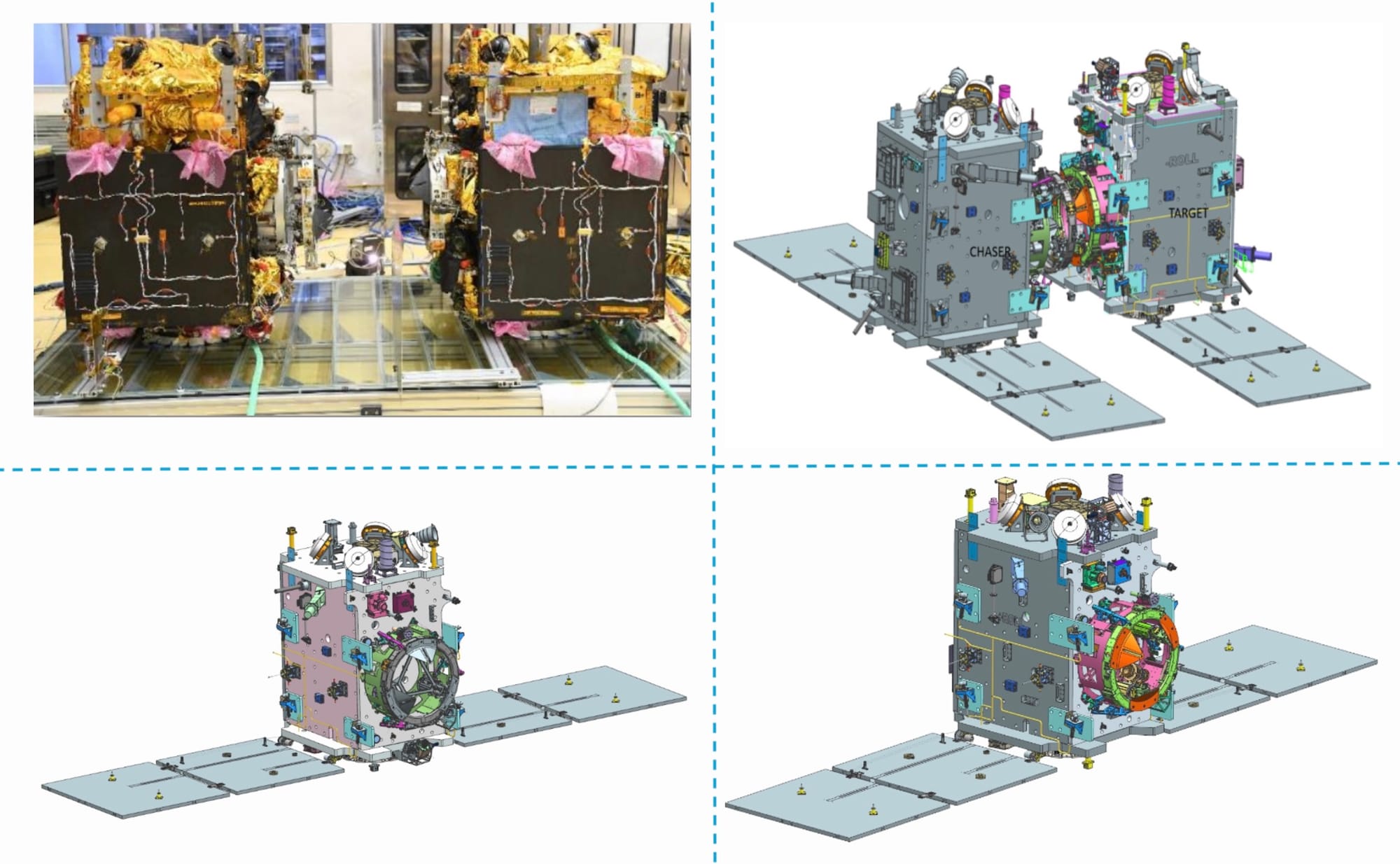
On January 16, India successfully docked and then controlled two twin satellites in circular low Earth orbit as part of mission SPADEX (space docking experiment). ISRO is using the $14 million mission, sans the launch cost, as practice before the agency can launch the complex Chandrayaan 4 spacecraft stack to bring samples from the Moon. Chandrayaan 4 will feature large robotic modules that dock remotely in Earth as well as in lunar orbit, the latter being a feat only China has achieved so far with its Chang’e 5 and Chang’e 6 sample return missions.
Chethan Kumar reported that ISRO will undock the SPADEX satellites and then conduct more docking trials with enhanced precision. The undocking was supposed to take place by late last month. In the absence of post-docking updates from ISRO, the New Indian Express reports that the undocking of satellites is taking longer than expected due to issues like power generation differences between the two spacecraft. Now, the undocking might not happen before March at the earliest.
Chandrayaan 3’s Project Director Palanivel Veeramuthuvel noted in his talk at the 2024 International Astronautical Congress (IAC) that this mission is the first of three SPADEX missions ISRO will conduct. At least one of the next two SPADEX missions will demonstrate docking in an elliptical orbit, something that better simulates mission scenarios for Chandrayaan 4.
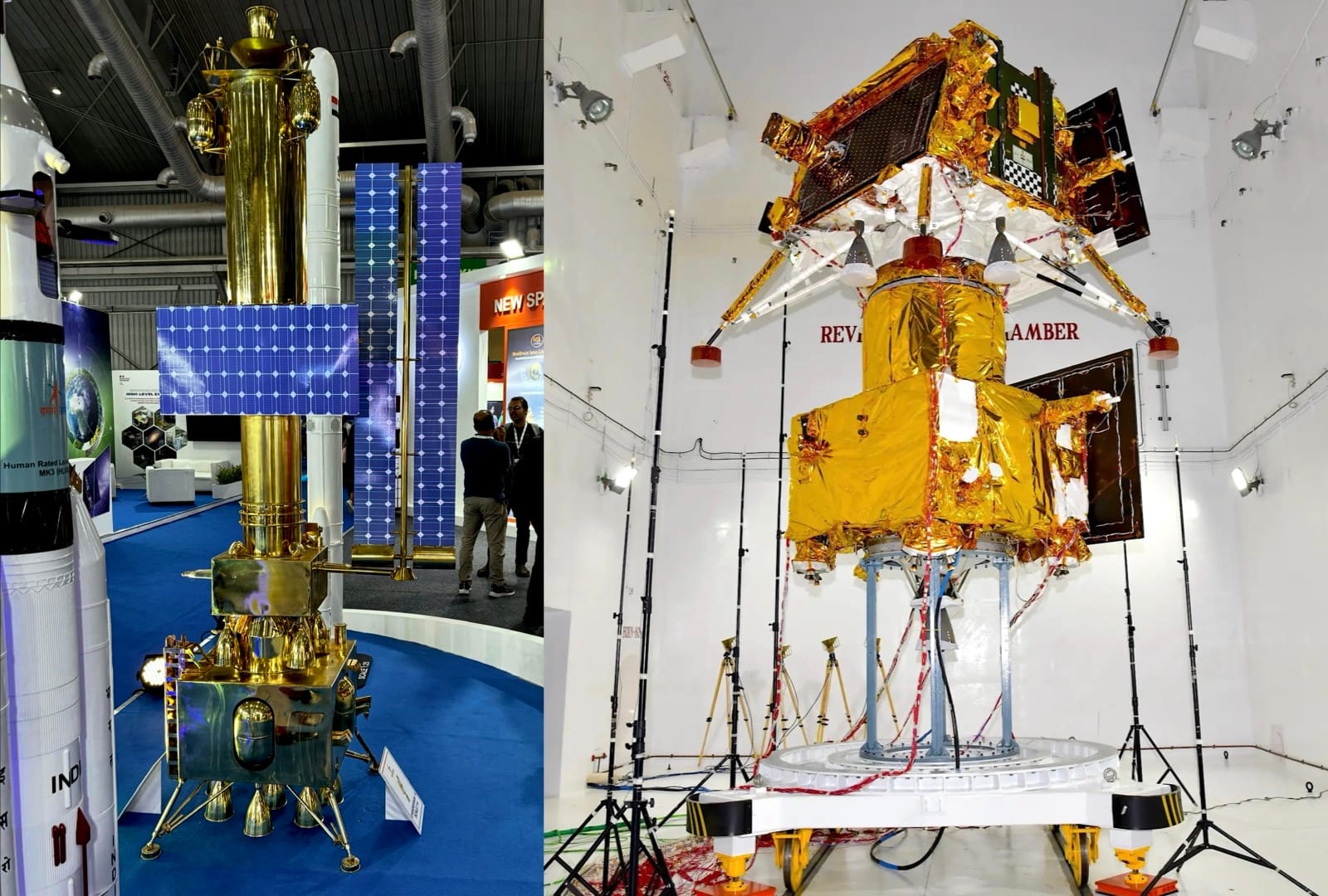
Chandrayaan 4’s landing site will be somewhere between 85–90° on the Moon’s south pole, putting it squarely in the water-hosting polar region as opposed to the 70°S for Chandrayaan 3. Chandrayaan 4 is not the only reason for ISRO to conduct SPADEX missions. These will also reduce risk for the upcoming Gaganyaan human spaceflight missions—especially so for the end-of-decade cargo flight to the International Space Station and one to India’s first space station module.
Tangent: ISRO provided ground tracking support for Intuitive Machines’ NASA CLPS Moon landing but will not spell it
Next-generation ISRO navigation satellite stranded in space
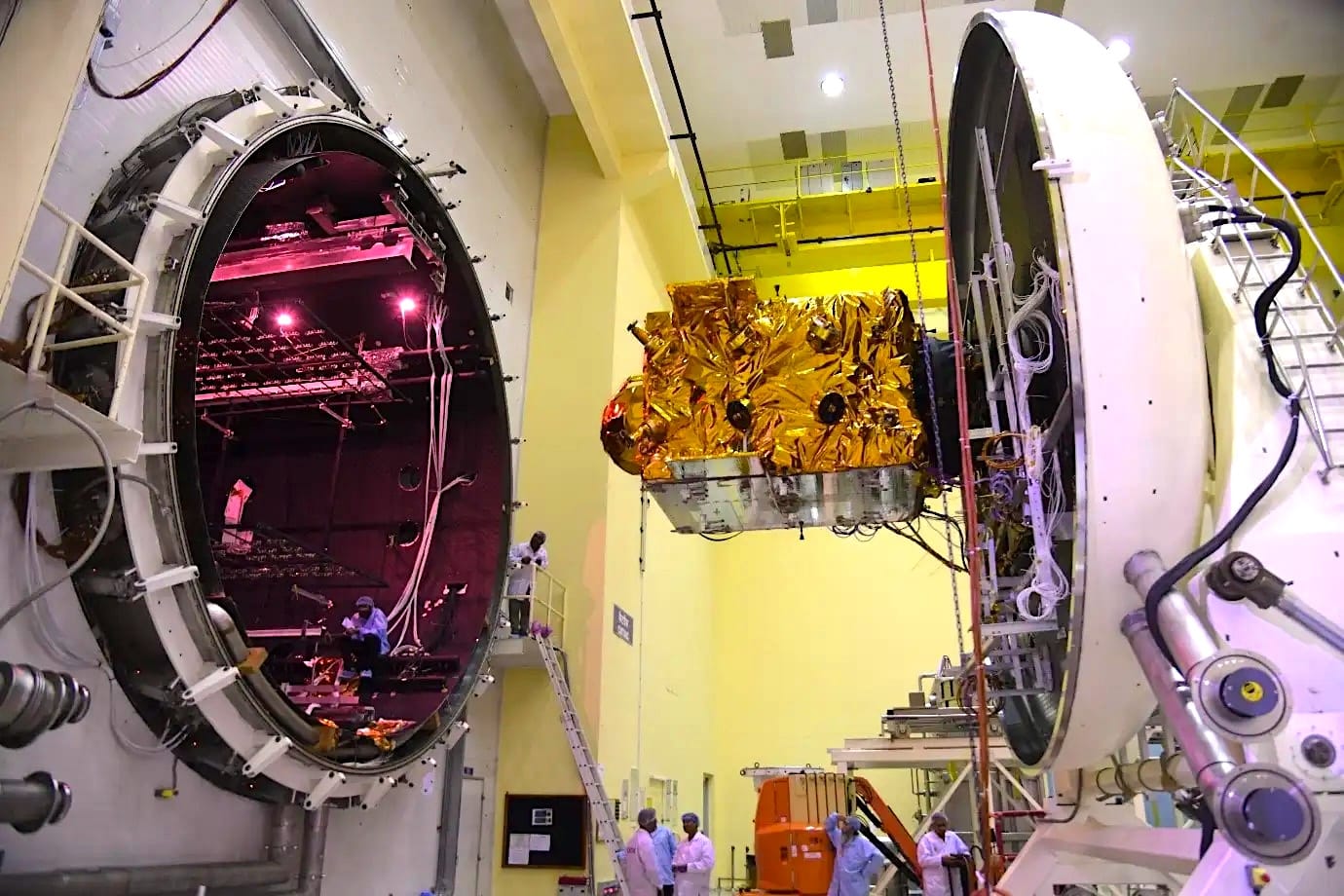
On January 29, a GSLV Mk II rocket successfully launched and deployed the second of five next-generation navigation satellites called NVS-02 into a geosynchronous transfer orbit (GTO). The satellite though has been stuck there since. As is characteristic of the agency, ISRO tends to go silent when facing mission failures. ISRO made no press release, website blog post, or social media posts about the situation, and instead only quietly updated the mission’s webpage to append the following note on February 2:
Subsequent to the launch, the solar panels on board the satellite were successfully deployed and power generation is nominal. Communication with the ground station has been established. But the orbit raising operations towards positioning the satellite to the designated orbital slot could not be carried out as the valves for admitting the oxidizer to fire the thrusters for orbit raising did not open.
The satellite systems are healthy and the satellite is currently in elliptical orbit. Alternate mission strategies for utilising the satellite for navigation in an elliptical orbit is being worked out.
Chethan Kumar reported that ISRO’s multiple attempts to fix the non-functioning valve have not achieved the “desired outcome”. And, since the orbit of NVS-02 is about 165 by 37,582 kilometers, the low perigee will make the satellite reenter and burn up in Earth’s atmosphere due to air drag soon enough. Unless ISRO figures out some way to raise the satellite’s orbit, it will be lost. Either way, NVS-02 will not reach its final inclined geosynchronous orbit (IGSO) now, making it a setback for India’s GPS-GNSS–PNT constellation called Navigation with Indian Constellation (NavIC).
NVS-02 was supposed to replace the old IRNSS-1E PNT satellite. A parliamentary response from August 2024 as well as an October 2024 talk by former ISRO Chief S. Somanath tell us that NavIC has been operating on minimum strength of four satellites. Analysis of orbital operations of functional NavIC satellites by Adithya Kothandhapani reveals that because the satellites need to be spread out in a certain geometry, fixing NVS-02’s failure is more than a matter of a single satellite replacement by NVS-03. Kothandhapani notes:
IRNSS-1E is starting to have wider E-W migration (~10deg) in tracing an analemna at 111.75E (see the pink trace centered at 111.75E in the figure above). With no N-S station-keeping, the satellite will continue to go out of the orbital inclination specification, which is currently 34deg and rising.
[...]
The crucial takeaway here is that NVS-02’s failure has set the program back not just by one additional launch and a satellite, but also compounded the strain on operations of the existing satellites, majority of which are reaching the end of their stated lifespans.
And, reddit user u/Ohsin has pointed out that ISRO has stopped publishing NavIC performance reports since Q4 2021.
As such, other than a NavIC program review being in order, it will take ISRO a concerted effort over the next several years to bring NavIC to a place where it can function reliably and meet all of its desired objectives.
The POEM continues
On the same launch as SPADEX, ISRO once again uniquely repurposed the PSLV rocket’s fourth stage as a stabilized, solar-powered platform for onboard payloads. Called the PSLV Orbital Experimental Module (POEM), the platform affords organizations low-cost access to space for demonstrating their technologies ahead of use in future missions. This fourth launch of the POEM platform carried 24 payloads from private, commercial, academic, and government organizations across India.
Many of these payloads have already demonstrated their full primary mission objectives, including institutional ones growing cowpea seeds and spinach tissues in space, and firing and space-qualifying of green fuel thrusters by private companies Manastu Space and Bellatrix respectively. However, many other payloads have yet to provide public updates on the progress being made on their objectives—or lack of it.
The previous POEM launch last year hosted nine payloads from various organizations, including the LEAP satellite platform demonstration from the private company Dhruva Space, and ISRO’s own high density Lithium-ion batteries and a fuel cell with the hope of using their core technologies in future satellites and space stations.
Many thanks to the Takshashila Institution, PierSight, Gurbir Singh and Arun Raghavan for sponsoring this month’s Indian Space Progress edition. If you too appreciate my efforts to capture true trajectories of Indian space, support my independent writing. 🚀
Cool new projects; same old budget
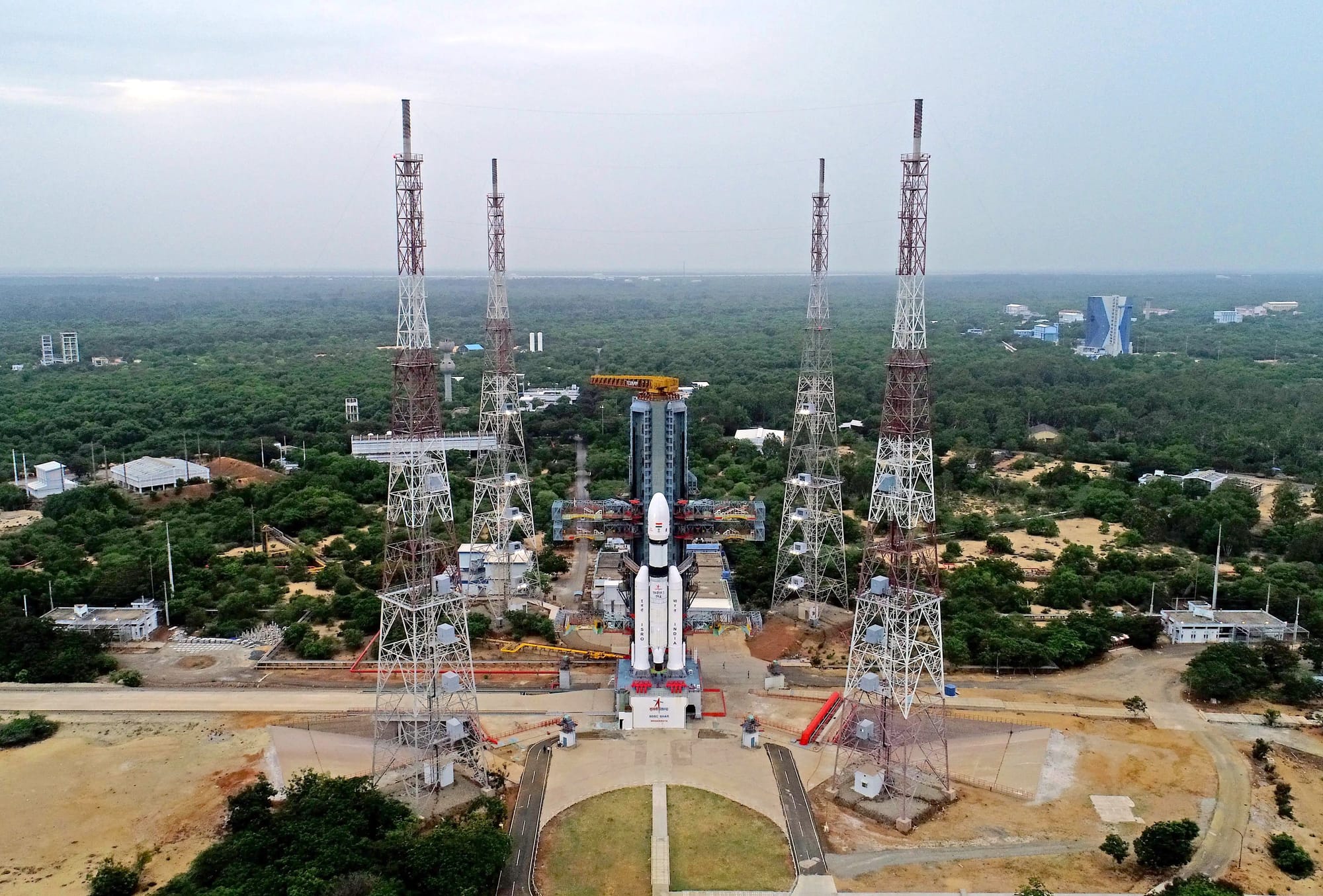
On January 16, the Indian Government Union Cabinet approved the establishment of a third launch pad at India’s spaceport Sriharikota for $460 million. Targeting readiness before end of decade, the Third Launch Pad (TLP) will support horizontal integration, testing, and launches of the also-recently-approved heavy-lift NGLV rocket.
Since the NGLV is not planned to be launched before 2030 though, the TLP will initially aid in increasing the launch capacity of India’s Gaganyaan human spaceflight missions vis-à-vis LVM3 rocket launches. Notably, ISRO is undertaking this and other upgrades for its spaceport keeping in mind environmental constraints to prohibit flood damaging and erosion of the local ecosystem.
Despite the recent approval of multiple ambitious space projects, including the aforementioned new launchpad and NGLV rocket, Chandrayaan 4, a Venus orbiter, and multiple human spaceflight missions, the Indian government’s space budget for FY 2025-26 essentially remains flat at about $1.5 billion, continuing the trend and context from last year. It means that while India will develop these high-profile projects, the timelines for many will stretch out since the overall budget isn’t budging. Fixing NavIC will also need to come out of this same budget.
That being said, there is one notable change in the new fiscal year budget announcement to encourage private space companies to commercialize Indian space technologies, as noted by Chethan Kumar:
In a move that the industry had been batting for, the Centre has reduced customs duty on goods used in building of launch vehicles and launching of satellites to zero from the existing 5% and the same has been extended for ground installations for satellites, including space and consumables.
Goldie Dhama, partner, Deloitte India, said: “Reduction of custom duties to Nil for both should allow both global and domestic companies to make further investment for manufacturing in India and growth of the space sector.”
Pixxel Space launches first batch of hyperspectral satellite constellation
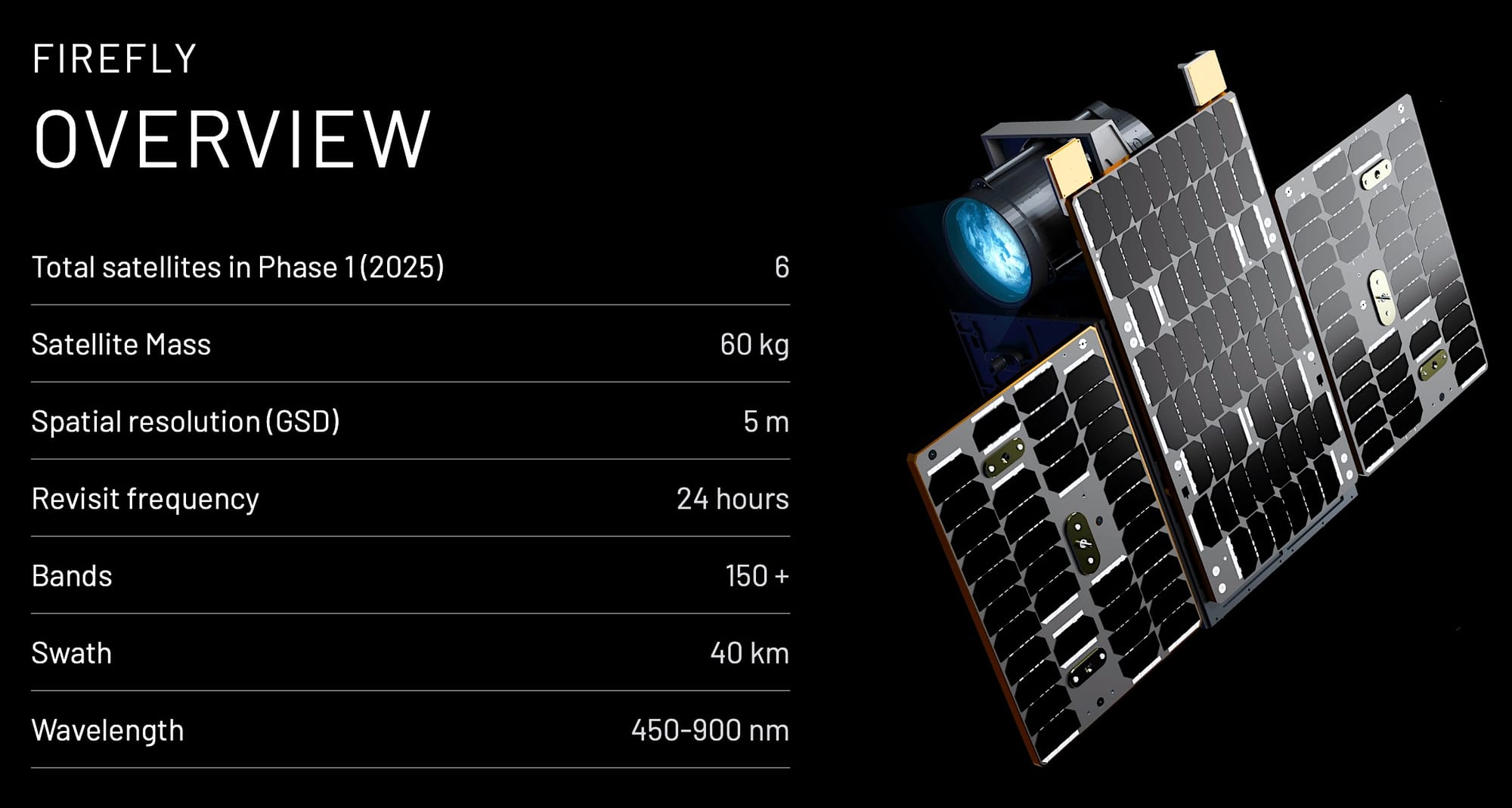
The SpaceX Falcon 9 rocket’s Transporter 12 launch on January 14 carried five payloads from private Indian companies, including three hyperspectral satellites for Earth observation from Pixxel Space called Fireflies, Digantara’s SCOT satellite for space-based object tracking and situational awareness, and XDLINX Space Labs’ Elevation-1 satellite touting an advanced miniaturized communications payload.
Last year in April, Bengaluru-based Digantara opened up Asia’s first dedicated center for space traffic monitoring. The center also allows the company to assemble their upcoming satellite constellation dedicated to space-based tracking of orbital objects—a world first. SCOT is an experimental demonstrator and prototype to that end. The company raised $10 million in June 2023 to build the constellation, followed by an additional $2 million last year.
Pixxel Space, headquartered in the US but with a major Indian presence, aims to launch three additional Firefly satellites in the second quarter of 2025. The US company has notably won a NASA contract to provide Earth observation data. Pixxel raised an additional $24 million last year, bringing the total funds raised by the company to at least $95 million. Early last year, Pixxel opened up a 2800 square-meter manufacturing and testing facility in Bengaluru with the hope of eventually building and qualifying dozens of satellites a year.
Tigerfeathers has a great deep dive on Pixxel’s story, and YouTuber Gareeb Scientist gives us a nice satellite tour of Pixxel’s facility in Bengaluru. However, I will also note here that I’m not a fan of Pixxel’s communications. They have broadcasted things like “human eyes only see three wavelengths” in trying to sell the proposition of hyperspectral imagery. Such statements are disinformation spread from a science communications perspective, oversimplifying things to the point of becoming meaningless even for a lay audience.
More Indian space
- As Indian astronaut training at NASA continues so as to fly Shubhanshu Shukla to the International Space Station (ISS) later this year through the Ax-4 Axiom Space private mission aboard a SpaceX Crew Dragon capsule as Mission Pilot, ISS partner nations have approved for the Ax-4 crew of four to fly for a 14-day mission. As part of the mission and a broader ISRO-ESA agreement, Indian institutes will conduct two joint microgravity experiments with ESA.
- ISRO has released the first datasets from its Aditya-L1 solar telescope, which began studying the Sun’s surface, atmosphere, its activities, and the solar wind since January last year from a halo orbit around the first Sun-Earth Lagrangian point (L1). Aditya-L1 payload data is accessible from ISRO’s ISSDC and PRADAN portals. In the meanwhile, Chethan Kumar reports on how IIA researchers have developed a new method to predict impacts of solar storms on Earth.
- Dr. V. Narayanan is India’s new Secretary of the Department of Space (DOS) as well as the chief of ISRO as a DOS entity. He continues helming India’s premier space organization from the previous DOS Secretary and ISRO Chief S. Somanath. Narayanan has contributed extensively to many high-profile Indian space missions and launch vehicle development programs, including cryogenic propulsion on India’s rockets, the Chandrayaan 3 lander, making the LVM3 rocket ready for Gaganyaan human spaceflights, developing propulsion systems for Gaganyaan, and much more.
- Job listing: InspeCity, which is building technologies to better sustain satellites, is hiring a computer vision engineer, an AOCS engineer, an embedded systems engineer, and more. 🛰️
I’m pleased to share that ISRO’s webpage on details and scientific context of the Chandrayaan 4 lunar sample return mission plus their Venus orbiter cites my blog as well as my work for The Planetary Society as references! 🚀
